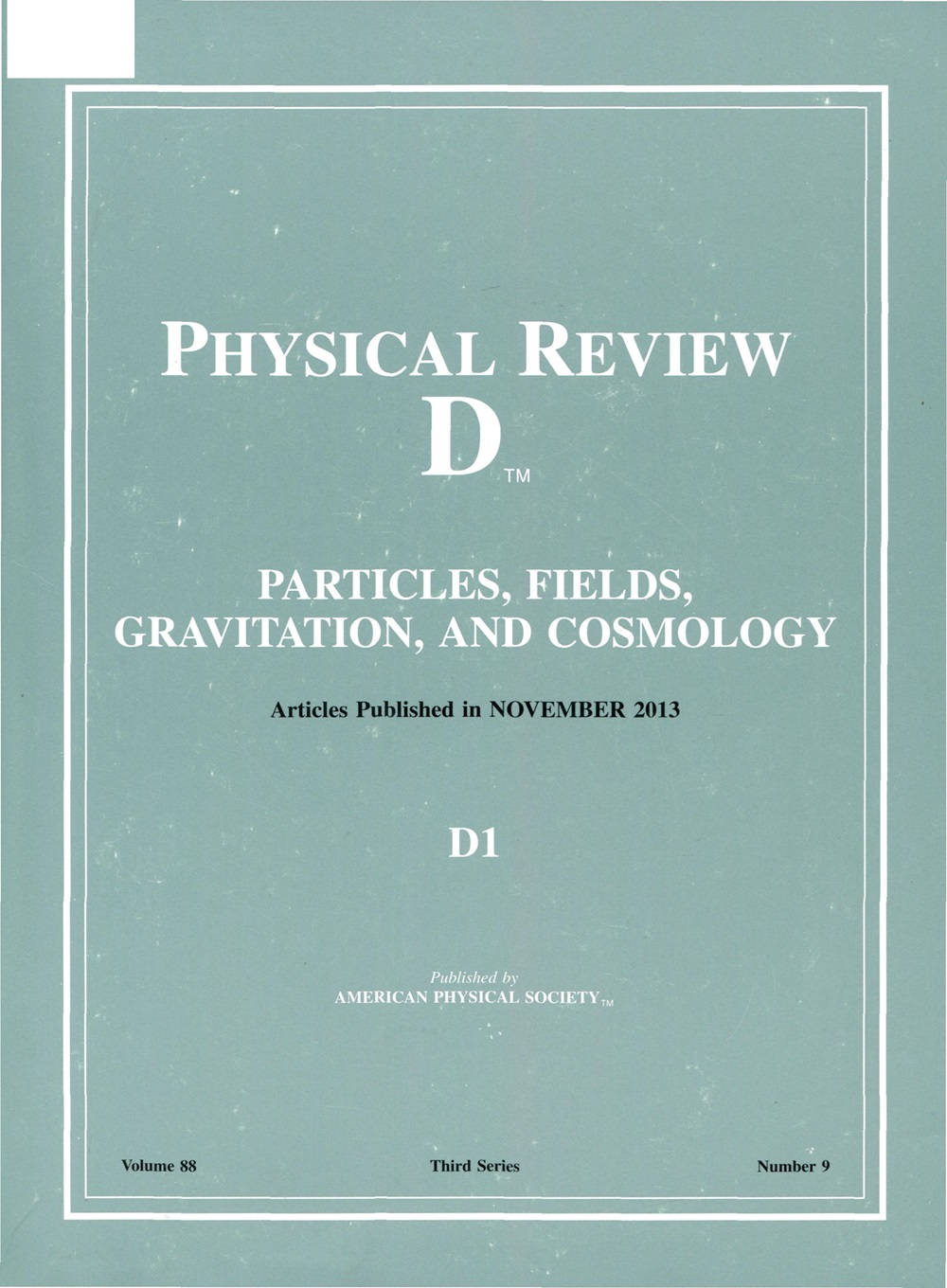Unravelling new physics signals at the HL-LHC with EIC and FPF constraints
IF 5.3
2区 物理与天体物理
Q1 Physics and Astronomy
引用次数: 0
Abstract
Recent studies suggest that global fits of parton distribution functions (PDFs) might inadvertently “fit away” signs of new physics in the high-energy tails of the distributions measured at the high luminosity program of the LHC (HL-LHC). This could lead to spurious effects that might conceal key beyond the Standard Model (BSM) signatures and hinder the success of indirect searches for new physics. In this paper, we demonstrate that future deep-inelastic scattering (DIS) measurements at the Electron-Ion Collider (EIC), and at CERN via FASERν and SND@LHC at LHC Run III, and the future neutrino experiments to be hosted at the proposed Forward Physics Facility (FPF) at the HL-LHC, provide complementary constraints on large-用EIC和FPF约束在HL-LHC上揭示新的物理信号
最近的研究表明,部分子分布函数(pdf)的全局拟合可能无意中“拟合”了在LHC (HL-LHC)高亮度项目测量的分布的高能尾部的新物理迹象。这可能会导致虚假的效应,这些效应可能会隐藏标准模型(BSM)特征之外的关键,并阻碍间接搜索新物理的成功。在本文中,我们证明了未来在电子-离子对撞机(EIC)和欧洲核子研究中心(CERN)通过FASERν和SND@LHC在LHC Run III上进行的深度非弹性散射(DIS)测量,以及未来在HL-LHC的前沿物理设施(FPF)上进行的中微子实验,为大x海夸克提供了互补的约束。通过对高能量和低能量数据的“BSM安全”集成,对大x x pdf文件进行精确约束,这些约束对于降低丢失关键BSM信号的风险至关重要,这对于高能测量的可靠解释至关重要。2025年由美国物理学会出版
本文章由计算机程序翻译,如有差异,请以英文原文为准。
求助全文
约1分钟内获得全文
求助全文
来源期刊

Physical Review D
物理-天文与天体物理
CiteScore
9.20
自引率
36.00%
发文量
0
审稿时长
2 months
期刊介绍:
Physical Review D (PRD) is a leading journal in elementary particle physics, field theory, gravitation, and cosmology and is one of the top-cited journals in high-energy physics.
PRD covers experimental and theoretical results in all aspects of particle physics, field theory, gravitation and cosmology, including:
Particle physics experiments,
Electroweak interactions,
Strong interactions,
Lattice field theories, lattice QCD,
Beyond the standard model physics,
Phenomenological aspects of field theory, general methods,
Gravity, cosmology, cosmic rays,
Astrophysics and astroparticle physics,
General relativity,
Formal aspects of field theory, field theory in curved space,
String theory, quantum gravity, gauge/gravity duality.
 求助内容:
求助内容: 应助结果提醒方式:
应助结果提醒方式:


